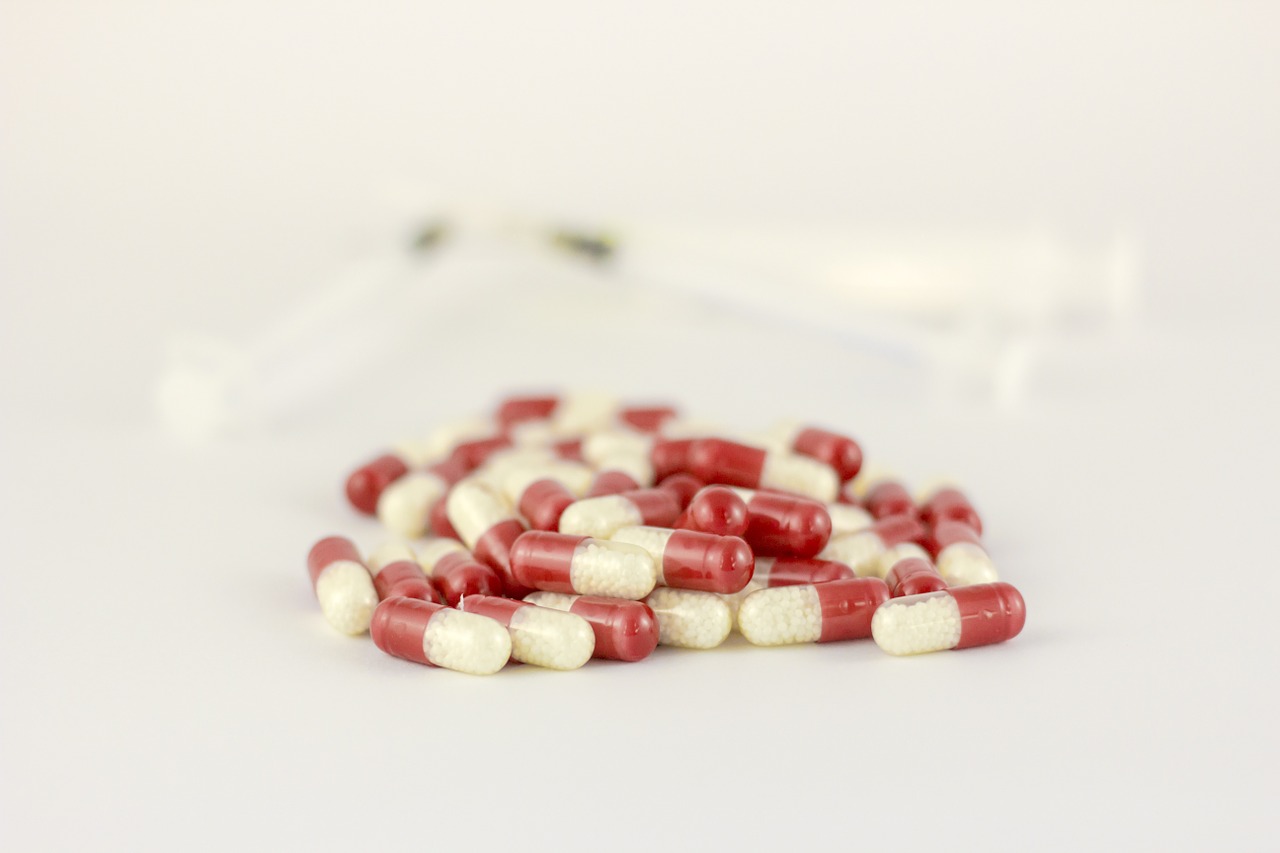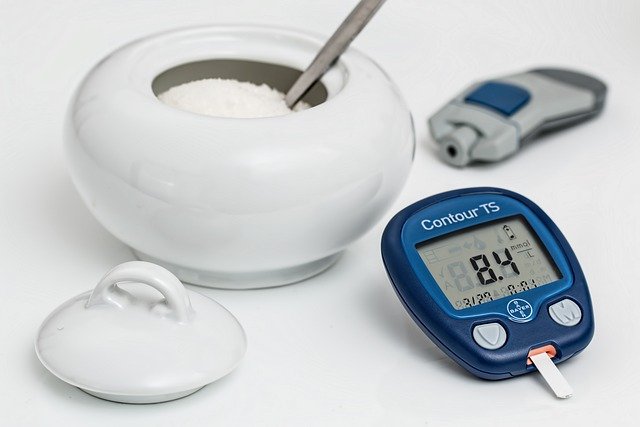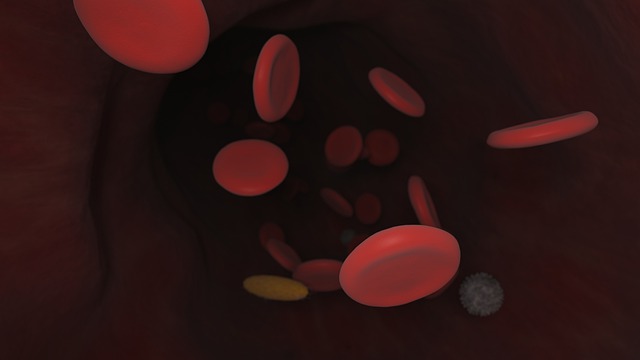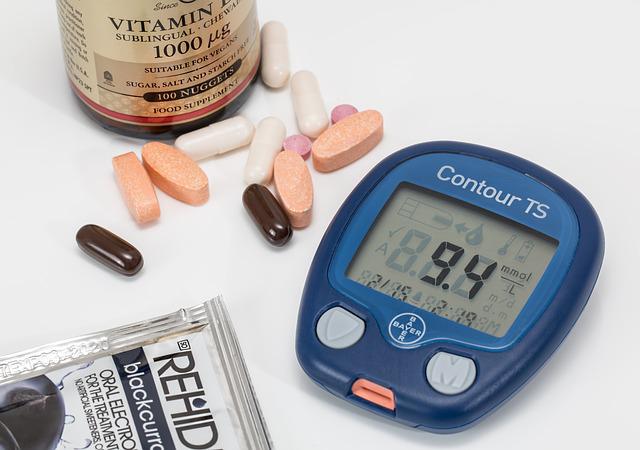Podcast: Play in new window | Download (Duration: 12:07 — 5.5MB) | Embed
In this podcast episode, I break down the pharmacology, adverse effects, pharmacokinetics, and drug interactions of phentermine.
Phentermine has some CNS stimulant activity so adverse effects like insomnia, hypertension, and tachycardia are possible.
Pay attention to drugs that can oppose the effects of phentermine and cause weight gain such as mirtazapine and sulfonylureas.
Phentermine is a controlled substance so the risk of addiction and dependence is possible.
Be sure to check out our free Top 200 study guide – a 31 page PDF that is yours for FREE!










